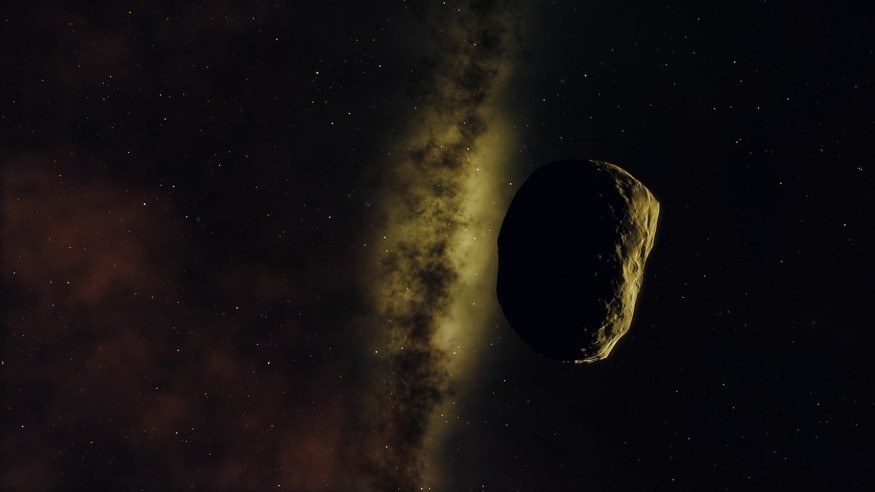
A study has discovered that micrometeorites from celestial bodies of ice in the outer solar system could account for nitrogen transport to a region near Earth during the solar system's early days.
Early Earth's Nitrogen
Compounds of nitrogen, including ammonium salts, are rich in materials born in areas that are distant from the Sun. However, evidence of how they reached the orbital region of Earth is still largely lacking.
Hope Ishii, a co-author of the study "Influx of nitrogen-rich material from the outer Solar System indicated by iron nitride in Ryugu samples" and affiliate faculty at the UH Mānoa School of Ocean and Earth Science and Technology's (SOEST) Hawai'i Institute of Geophysics and Planetology, explains that the findings show a higher possibility that more nitrogen compounds than recognized before were brought near Earth. This could have potentially served as the planet's building blocks of life.
For this specific study, the researchers aimed to find clues regarding the materials that arrived close to the orbit of Earth, which is where the asteroid Ryugu is situated. They did this by looking into space evidence through Ryugu samples.
With an electron microscope, the researchers discovered that the surfaces of the samples were coated with small minerals of nitrogen and iron (iron nitride).
Toru Matsumoto, the study's lead author and an assistant professor from Kyoto University, explains that they propose that micrometeorites, which are tiny meteorites containing compounds of ammonia, were brought by celestial bodies of ice and ended up clashing with the asteroid Ryugu. The collisions of micrometeorites trigger magnetite chemical reactions and result in iron nitride formation.
The iron nitride was observed over the magnetite surface, which has atoms of oxygen and iron. When this surface gets exposed to the environment in space, oxygen atoms get lost due to the hydrogen ions' irradiation from the Sun and to micrometeorite impact heat. Such processes lead to the formation of metallic iron over the magnetite surface, which then reacts readily with ammonia. This results in ideal conditions for iron nitride synthesis.
Asteroid Ryugu Samples
In 2020, pieces of asteroid Ryugu slammed into the surface of the Earth. Since then, samples of the rock have been the subject of studies to know more about the nature of the asteroid.
The asteroid is a near-Earth one that the Hayabusa2 Japanese spacecraft has visited before. This Hayabusa2 craft launched in 2018, reached the rock in 2019, and dropped off a capsule containing asteroid materials weighing 5.4 grams in 2020. Thanks to this, scientists were given the opportunity to look into the rock up close.
The space rock is categorized as a potentially hazardous asteroid that is part of the Apollo group. Its diameter spans around 900 meters.
RELATED ARTICLE : Asteroid Ryugu Samples Found To Contain RNA Component Called Uracil; Findings Could Shed Light on How Life on Earth Started
Check out more news and information on Space in Science Times.










